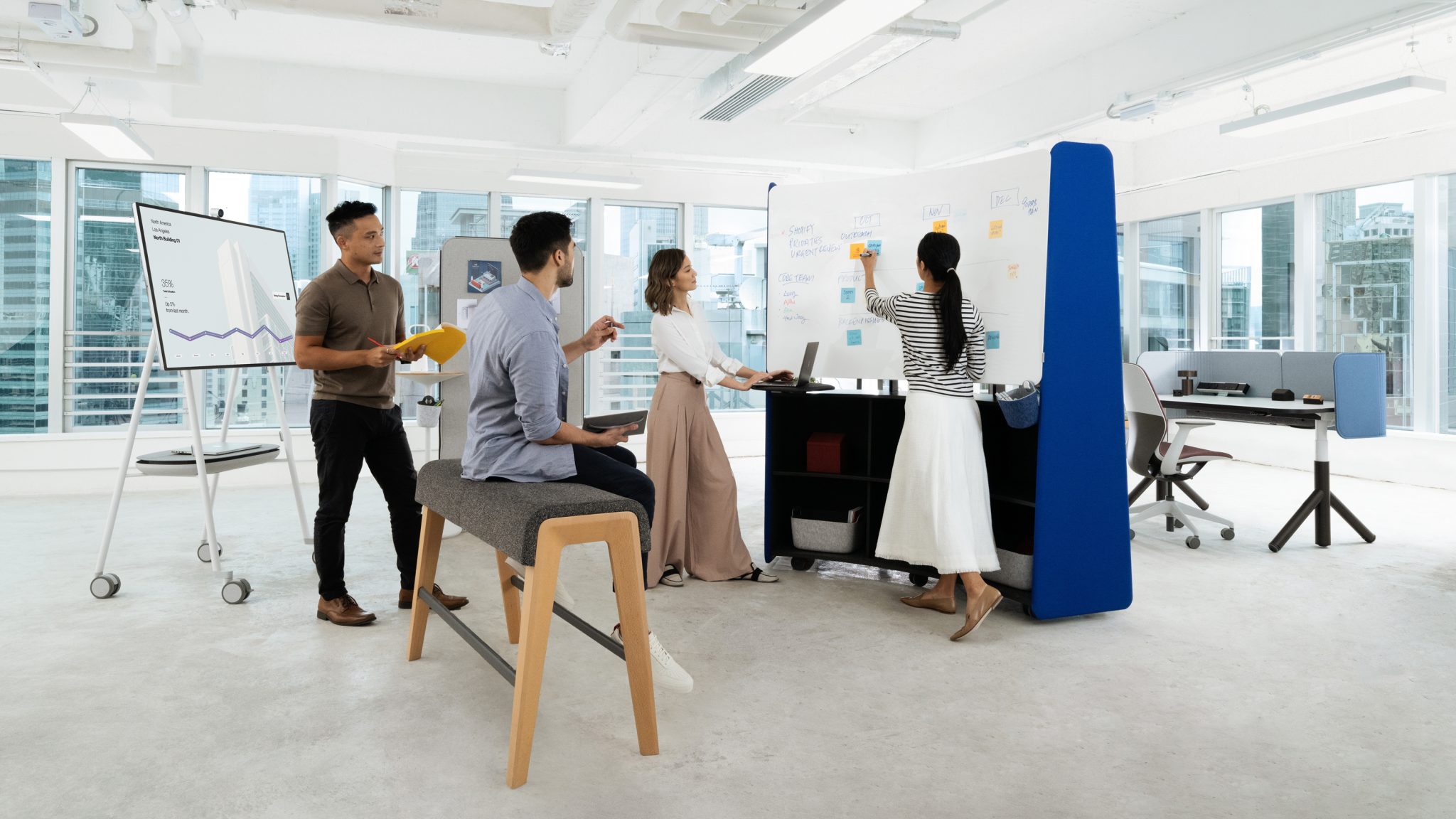Some businesses strive to balance remote work with in-person collaboration, but struggle with outdated leases and inflexible office layouts. Office rental companies offer spaces that match how teams operate today. You can find offices with flexible schedules, unique designs, and modern infrastructure that supports hybrid work. Here’s how to adapt to a hybrid work model with flexible office space:
Maximize Space Usage
Flexible offices have spaces that can be adjusted to fit the daily number of employees. Private rooms, shared desks, and virtual offices are allocated based on which employees use them at a particular time. Businesses better utilize their space by organizing it according to the frequency of their employees’ and clients’ visits. Instead of having unused conference rooms, businesses only rent the space they need when they need it.
With integrated booking tools and reporting dashboards, administrators can easily see how spaces are used. The support team organizes spaces for board meetings, training sessions, or private work. There is no need for fixed, long-term plans, as space can be adjusted as needed to match the organization’s work. This flexibility allows hybrid teams to use the office more efficiently and strategically.
Support Team Productivity
In a hybrid office space, you find areas for undisturbed work, team collaboration, and creative thinking. Professionals may work in private cubicles, soft-seating areas, and quiet, soundproofed rooms. Having a rotation may help employees stay motivated while they work. A well-designed environment provides ergonomic furniture, effective lighting, and proper sound control to help employees in their work.
When hosting clients or team meetings, firms rely on ready-made professional rooms with modern designs. Informal thinking in innovation zones and open offices can often result in new and creative ideas. Having more places to go helps employees stay active. These areas allow teams to accomplish more by catering to the needs of today’s hybrid professionals.
Apply Real Insights
Sensors and software collaborate to track how the workspace is utilized and which rooms are most frequently used, and at what times. Company leaders can review usage dashboards to update office access policies based on how employees prefer to work. When selecting desks, rooms, and amenities, companies can rely on precise data rather than guesswork.
Managers can adjust the cleaning routines, worker shift hours, and entry restrictions to match the current office environment at any moment. Tracking cancellations, room availability, and empty zones in the building helps discover what is needed to improve space allocation in the future. With this information, professional service firms can control the number of staff to meet increased workloads during busy periods. Having real-time data helps HR and operations understand how the team is following hybrid policies. Hybrid models are made efficient, sustainable, and focused on people by using adaptive strategies based on usage data.
Rent Office Space
A flexible office space makes it easier to be productive and collaborative without the drawbacks of long leases or unused space. Utilizing smart locations, flexible designs, and modern data enables workplaces to adapt to the evolving needs of today’s employees. With designated areas, teams can focus and be creative regardless of where they work. When businesses are ready to grow, the workspace helps them transform. Reach out to a workspace provider to get flexible lease terms.



